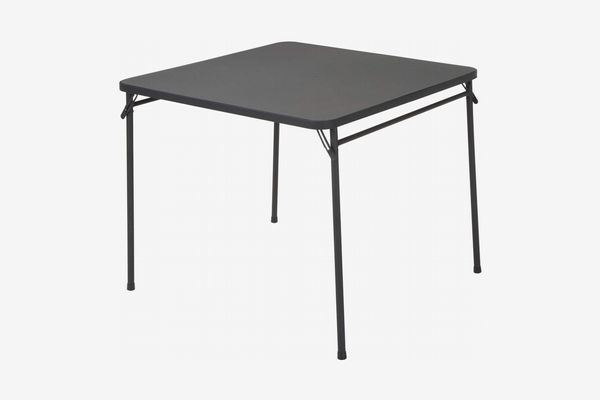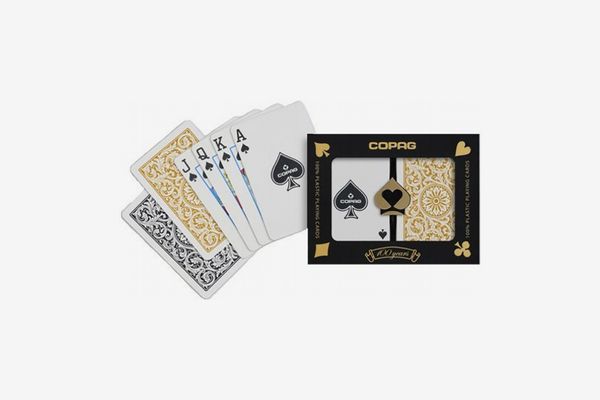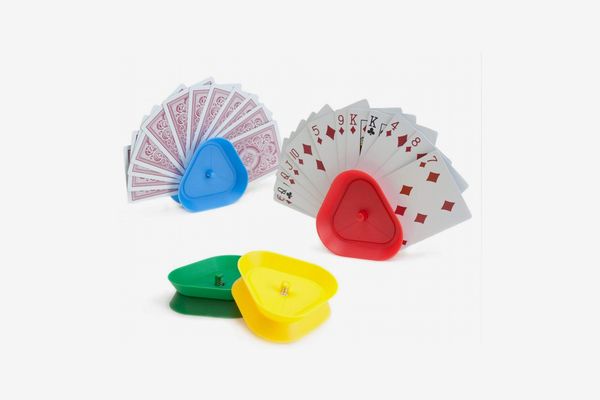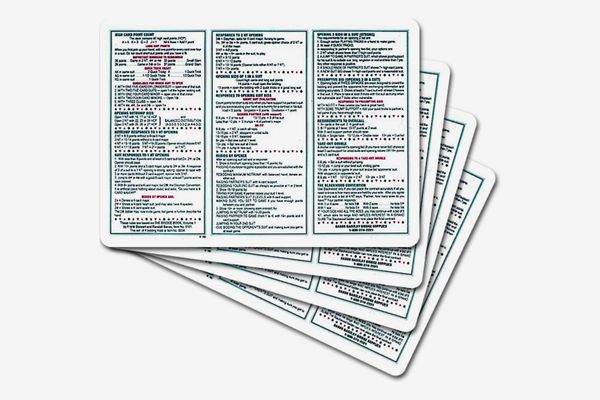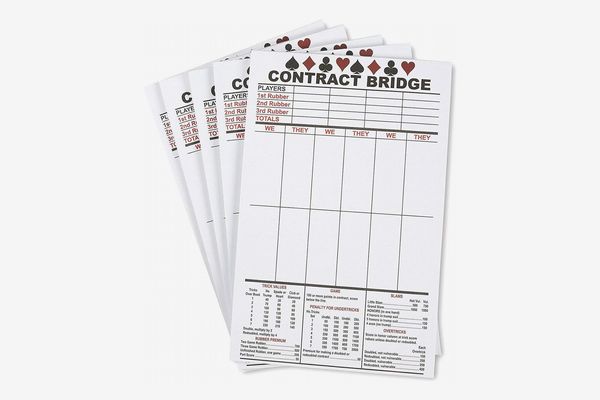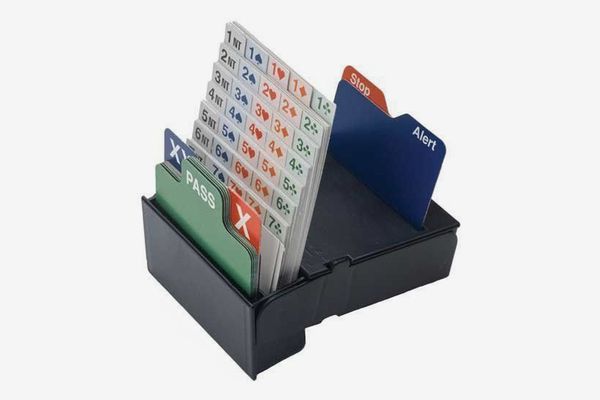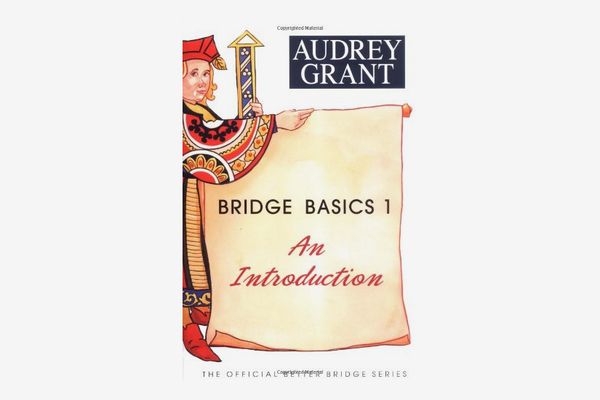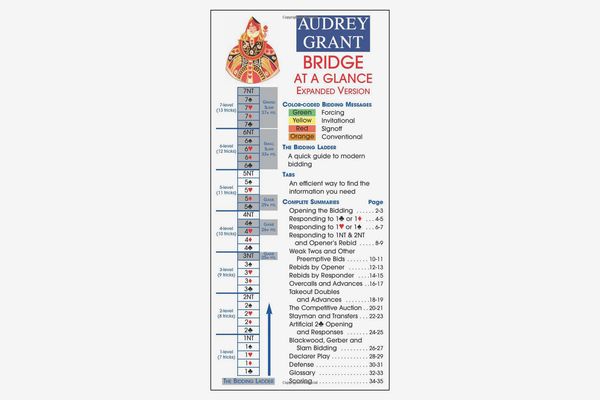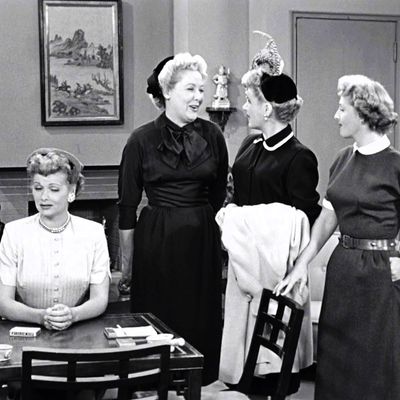
I think I finally understand why old people love bridge. It takes forever to learn — like forever — so depending on when you start your bridge-playing journey, you’ll still be perfecting your game up until the very end. This is what I learned when a few friends and I got together and started a bridge group dedicated to learning the game as long as it took us. And it might take forever at the rate we’re going, but there is something about the complicated trick-taking card game that sucks you in, no matter the difficulty.
Whenever I’m bad at something and would like to get better, I immediately look to the internet in an attempt to find ways to expedite that process. Is there a book I can read? An app I can download? Some cube that reminds me what trump is? (That’s for another way-less-difficult card game called euchre, and thanks to a pal, I already have one.) I’ve found that while there’s nothing that’ll make you better at bridge other than regular games with your bridge pals, there are a few things that can help you along the way. Here’s a starter kit.
Four-sided table
You will obviously need a table, but any folding, four-sided one with just enough room for one person on each side (it’s too easy to peek with a round table) will work. The folding bit is crucial — you’ll want to store it away once you’re done.
Cards and card accessories
The No. 1 thing you’ll need is a good pack of playing cards. While any set will technically do (yes, even the novelty cards you got at your cousin’s bat mitzvah), there definitely are brands of playing cards that are just more comfortable to play with. Luckily, they’re cheap. I like the look of Copag, but you can go with a standard bridge-size deck of Bicycles, too.
In bridge, you have to hold a lot of cards in your hand at once. That can be annoying, especially if you’re prone to “losing” a card or two, or getting them stuck behind each other. Here are nifty cardholders that can help you keep thinkings organized, and also reduce stress on your paws. (They’re also great for little kids.)
Bidding and score-keeping accessories
My bridge friends and I swear by our personal “cheat sheets” when playing. These are all allowed, by the way, and unless you have an incredible memory, you’ll want access to your own.
And when you get to the point that you actually want to keep score, (ooh, you’re good, aren’t you?), there’s a pad that claims it can help you do that. I wouldn’t know anything about it because I’m still working on perfecting my bidding. I’ll get there.
Speaking of bidding, these are boxes that the “pros” use to help keep track of the bid as it goes around the table. You’ll never have to ask to review the bid again.
Bridge guidebooks
If you’re just learning the game, almost everyone I’ve asked recommends Audrey Grant’s Bridge Basics as a place to start. But here’s a tip from me: Ignore everything involving scoring until you’re at least 50 games or so in. It’s too confusing when you’re just learning the mechanics.
And if you’re slightly more advanced, Grant’s Bridge at a Glance is a great resource book to keep by your side.
The Strategist is designed to surface the most useful, expert recommendations for things to buy across the vast e-commerce landscape. Some of our latest conquests include the best acne treatments, rolling luggage, pillows for side sleepers, natural anxiety remedies, and bath towels. We update links when possible, but note that deals can expire and all prices are subject to change.
Every editorial product is independently selected. If you buy something through our links, New York may earn an affiliate commission.
